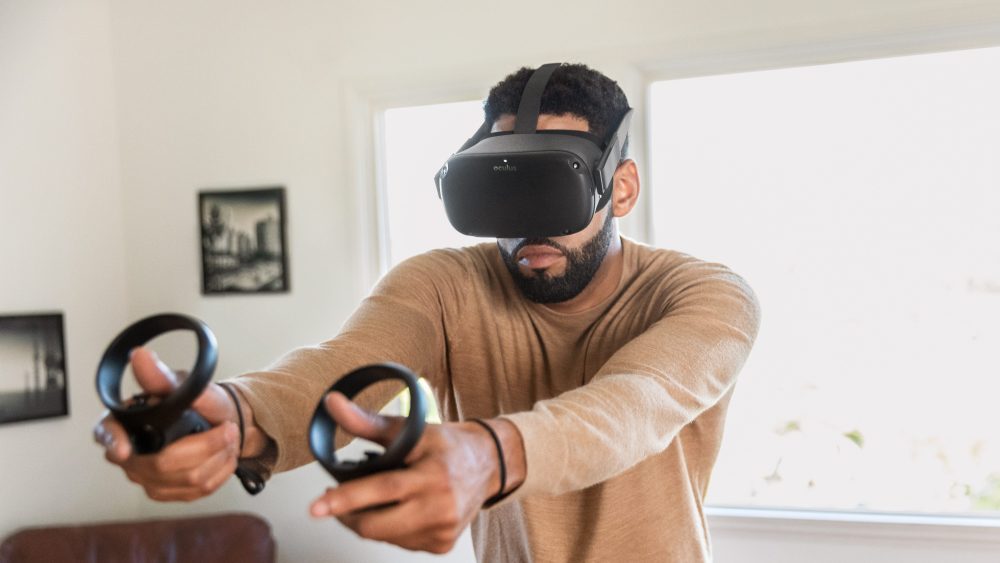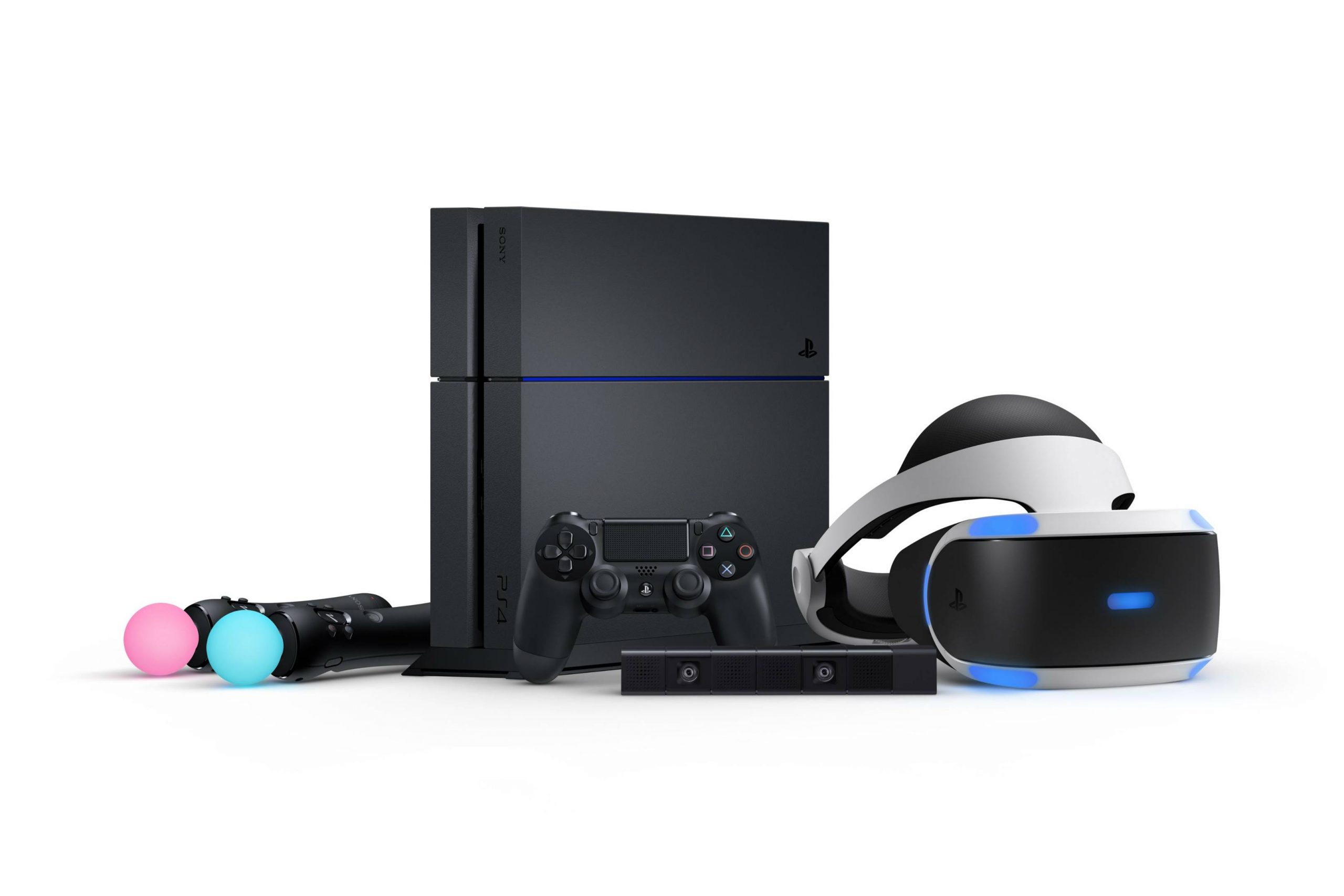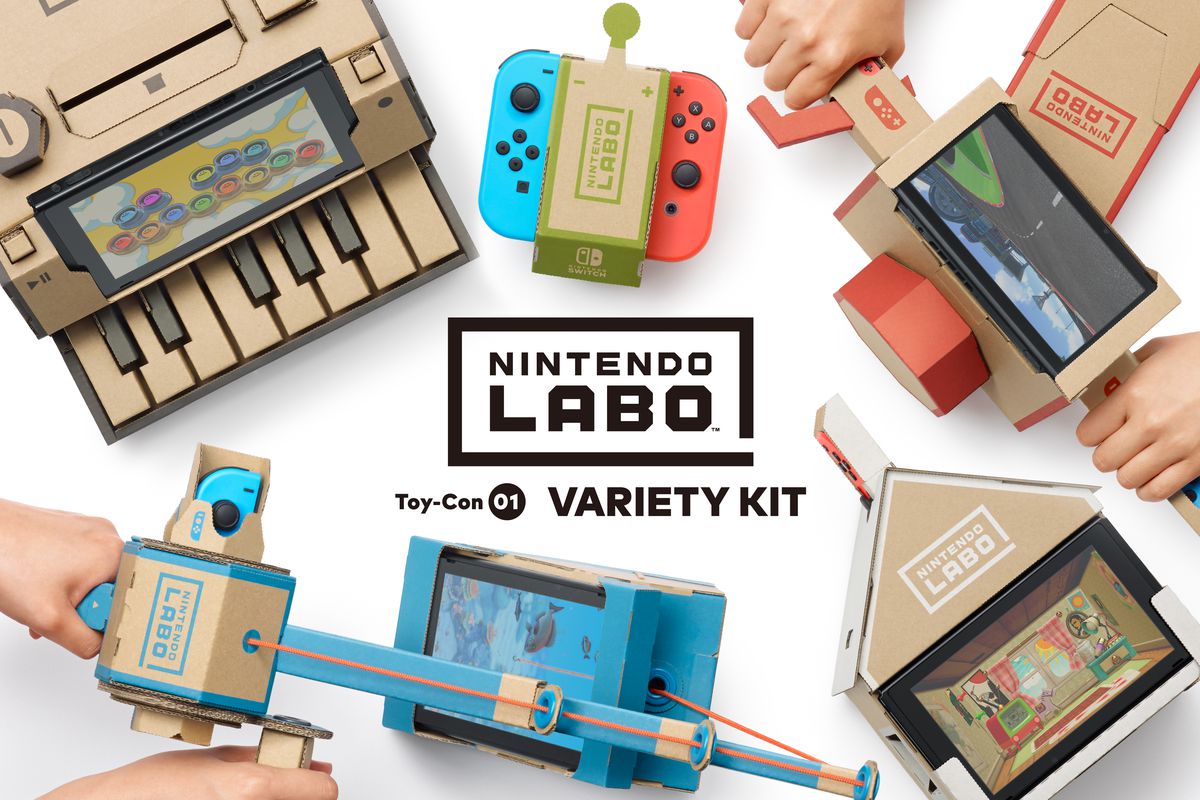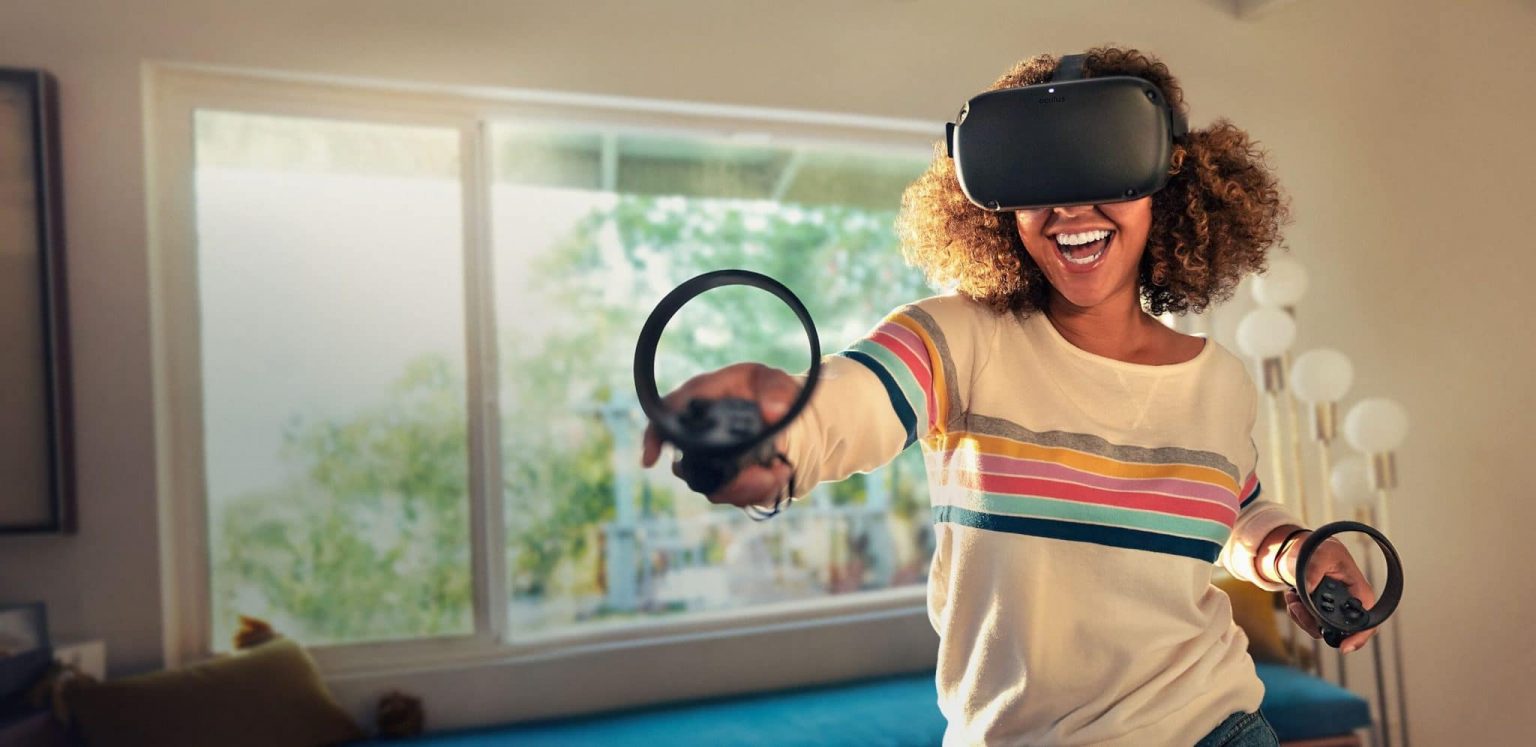Virtual reality has come a long way in a short time, and it’s still advancing at a rapid rate.
Yes, 2018 was a challenging year – growth slowed substantially compared to 2017 – but a new report from Futuresource Consulting confirms that the future of VR is bright. Worldwide, VR market volume is expected to reach 98.4 million sales by 2023, generating an installed base of 168 million units with a worldwide population penetration of 2%. Growth is forecast across all regions and countries, with China leading the way.
2019 is already turning out to be a strong year for VR, providing a solid base for growth. Oculus Quest, Facebook’s standalone headset, is creating a lot of interest and momentum. The headset launched in May and sold out across multiple stores a week after launch. Facebook’s VP of AR/VR, Andrew Bosworth, says that in the first two weeks of Oculus Quest headset sales, there were $5 million worth of content sales. Despite a lack of official sales stats, some estimate that Facebook could sell more than 1 million units in 2019—this would be huge if it happened.
The shift from tethered to standalone VR headsets represents a paradigm shift within the immersive ecosystem. Now, we have a truly mobile platform that is good enough to facilitate compelling user experiences.

It’s not just the standalone category that is making good progress.
This month, Road to VR reported that the monthly-connected VR headsets on Steam have surpassed 1 million for the first time. Ben Lang commented, “After correcting for Steam’s changing population, we find that May 2019 was the first month on record to see more than 1 million monthly-connected headsets on the platform. Year over year, monthly-connected headsets on Steam are up 80%.”

In March, Sony announced it had sold 4.2 million PlayStation VR (PSVR) headsets. Earlier this month, Playstation lead Jim Ryan told CNet, “The current generation of VR has exceeded our expectations. When you step back and look at it – and this is the way I like to look at it – one in 20 of the people who found the money to go out and buy a PlayStation 4, and all the games and peripherals that they enjoyed with that, have also found the money to then go buy the PlayStation VR and all the games and peripherals that go on top of that.” AR Insider commented, “Extrapolating from the nearly 100 million PS4s sold, PSVR is approaching five million units in the market.”

Major companies are still jumping into VR. Nintendo entered the race with the Labo: VR kit for Nintendo Switch on April 12 this year. This low-tech, playful VR is for all the family, and it gives you VR compatibility with two of the Switch’s biggest titles: Super Mario Odyssey and Legend of Zelda: Breath of the Wild.

In March, it was announced that a VR title had become the first to sell over 1 million copies in under a year – Beat Saber. Meanwhile, companies like Superhot have announced they have made more revenue from their VR than non-VR titles – further validation of the opportunity for developers.

These successes give a clear indication that VR is relevant and established. It’s real and it’s here to stay.
As I look to the future, and the arrival of 5G, my hopes for VR become even brighter. Some of VR’s outstanding obstacles to growth will be overcome. The low latency, super-fast speeds and stable connections that 5G brings will herald in a new era of VR. Experiences will be more accessible, more reliable and ultimately more immersive.
This article was written by Sol Rogers and originally appeared on Forbes.com.




